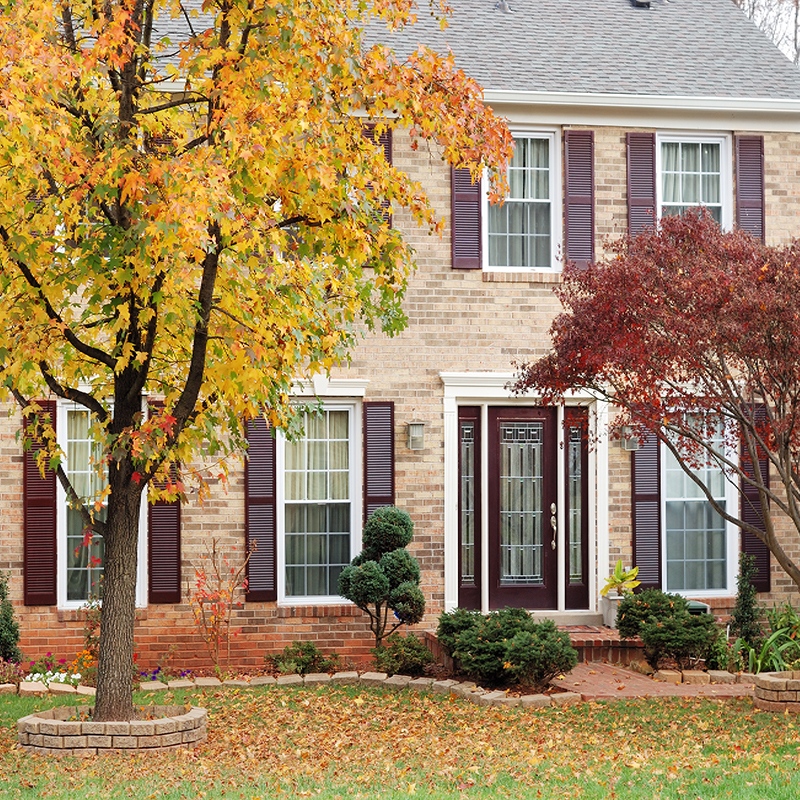
For homeowners, planting trees is not only a way to beautify our properties, it’s also an effective way to combat or even reverse the effects of climate change. But which trees should we plant?
In the Garden State, trees that many of us are accustomed to planting likely will not survive as plant hardiness zones (which demonstrate the amount of stress trees can undergo from cold temperatures) push northward. This means that our current trees—including boreal and some northern hardwood forest species like paper birch, spruces, firs and sugar maple—may not be effective in combating climate change, says Dan Herms, vice president of research and development for The Davey Tree Expert Company, a national tree-care company with a New Jersey office in Morris Plains. NJ HOME spoke with Herms, an ecologist, about the best trees for our state.
Which tree species and size should we plant in New Jersey?
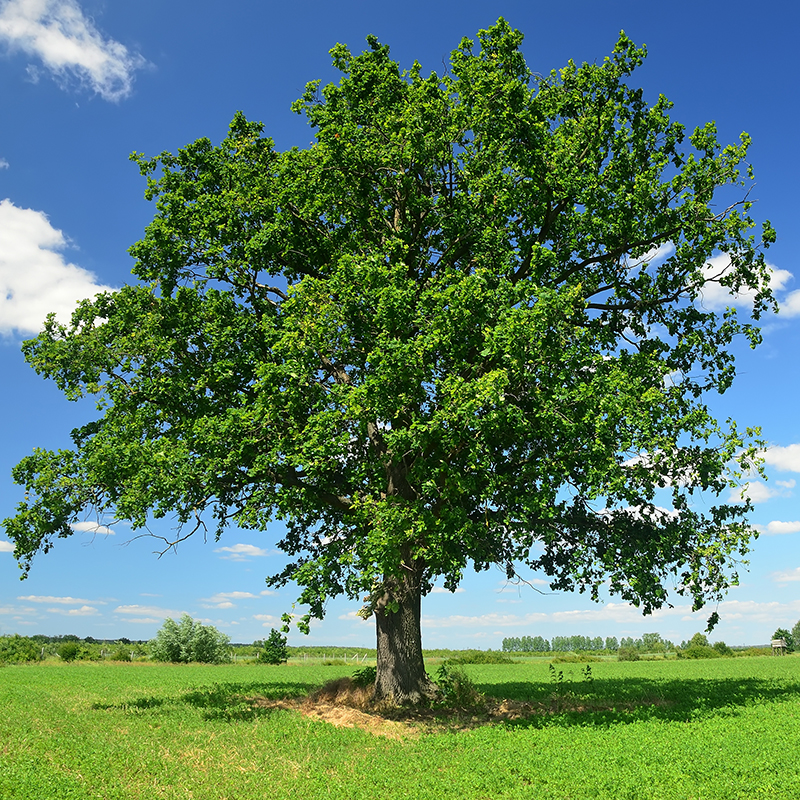
I recommend red buckeye, ginkgo, white oak, redbud and lacebark elm. These trees are well-suited for New Jersey’s current climate and, perhaps more importantly, climate that is projected for the future. It’s best to start with a tree that has a 1- to 1.5-inch trunk diameter. Trees with up to 2.5-inch diameter can also be good as long as their root balls are sized large enough.
When should these trees be planted?
In New Jersey, we can plant through October, often into November. If it doesn’t get into the ground by the time it freezes, wait until March/April.
Is there a type of directional exposure that needs to be considered?
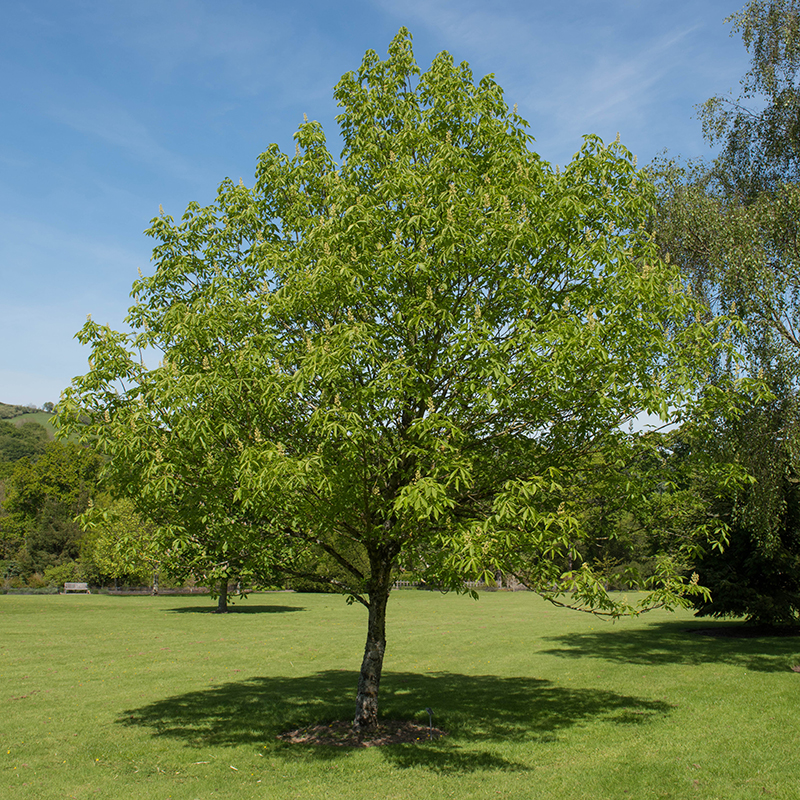
Directional exposure for planting depends on the type of tree. Consider planting trees for shade and cooling. In fact, shade on the roof and windows of your home from trees can reduce summertime air conditioning costs by up to 35 percent. Outside, trees can cool the air from 2 degrees to 9 degrees Fahrenheit. For the best impact, plant them on the south and southwest sides of your home where the sun shines most.
How much should we water a new tree?
To set your new tree up for success, approximately 20 gallons of water per week is recommended. If you’re planting in fall, you have Mother Nature to do the watering for you. The easiest way to do this is to pour a 5-gallon bucket over the drip zone—the part of ground the canopy covers—four times, once per week. Our preferred method for delivering water is with a soaker hose, running anywhere from 30 minutes to 2 hours at a time. This system slowly releases water, which may mitigate runoff and improve absorption.
What about potential property damage with trees that “shed” a lot?
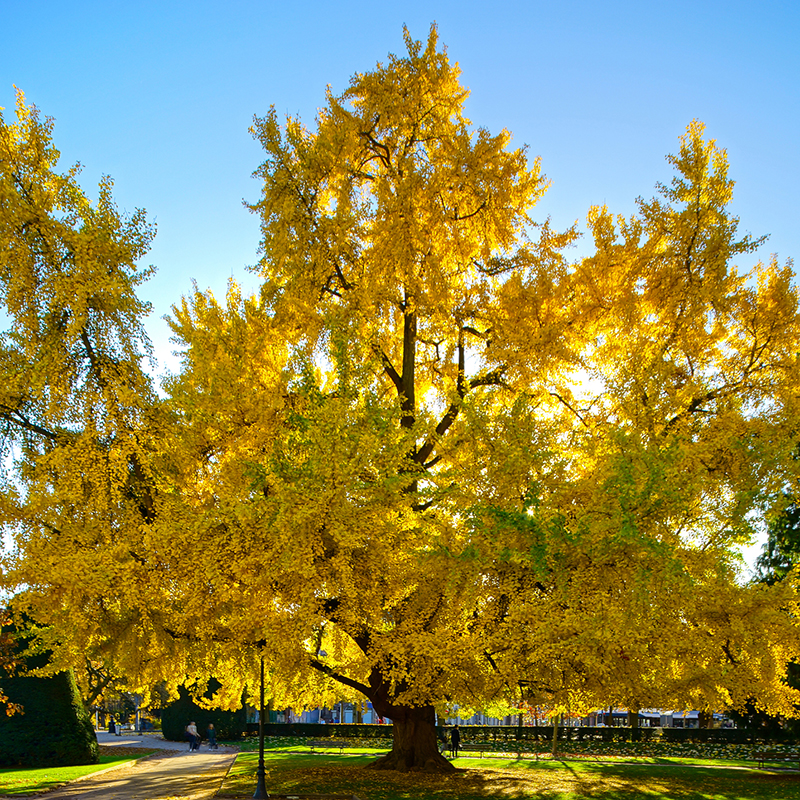
When you choose the right tree, you save yourself the future headache of roots damaging your home’s foundation or fallen leaves constantly at your front door. Of the trees mentioned, I would consider ginkgo to be messy, and then only female trees, which produce stinky, messy fruit. Male ginkgo trees are not messy.
Are there benefits to flowering versus non-flowering trees?
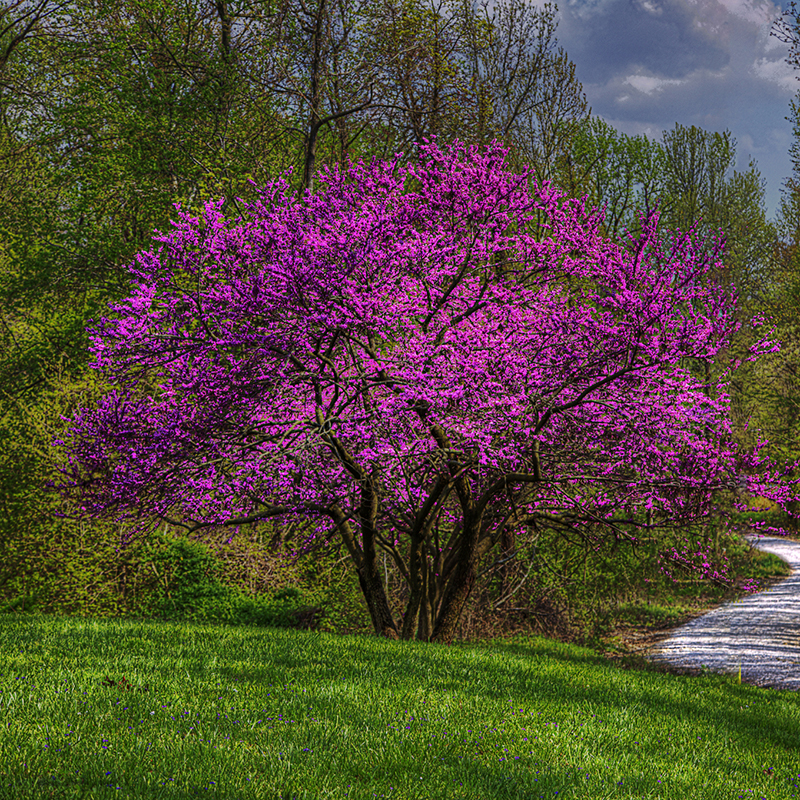
Many trees with showy flowers are smaller, including redbud and red buckeye. Not only do these trees provide a color accent to your property, they’re good choices for smaller spaces and are safe options to plant near utility lines.
We sometimes experience high winds this time of year. Which trees are most resistant to falling?
When planted correctly, trees can withstand generally strong winds. Plus, when they are healthy and pest- and disease-free, they are more likely to stay strong. Soil moisture, soil structure and depth and the presence of foliage are more critical than rooting depth when it comes to trees that can uproot during wind storms. All trees tend to root to about the same depth: 18 inches deep or less. But there are some trees that are more prone to break in the wind [because they are naturally brittle]: pin oak, silver maple and Bradford pear.